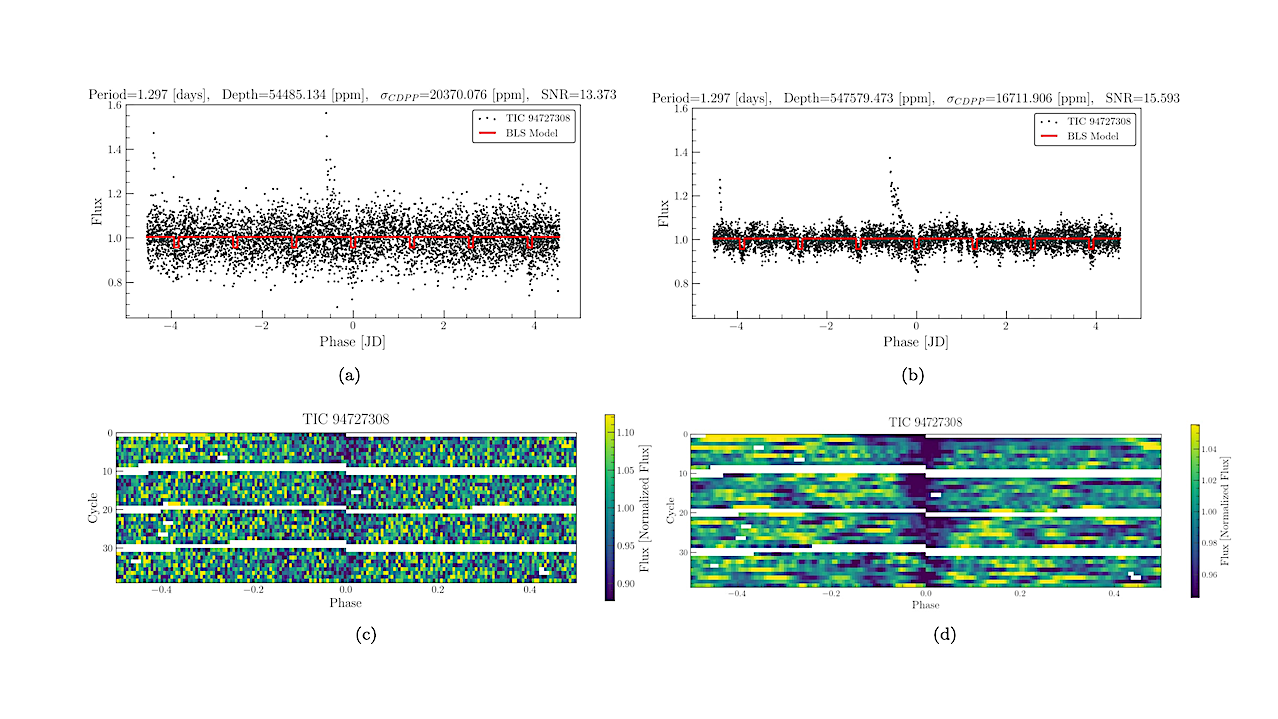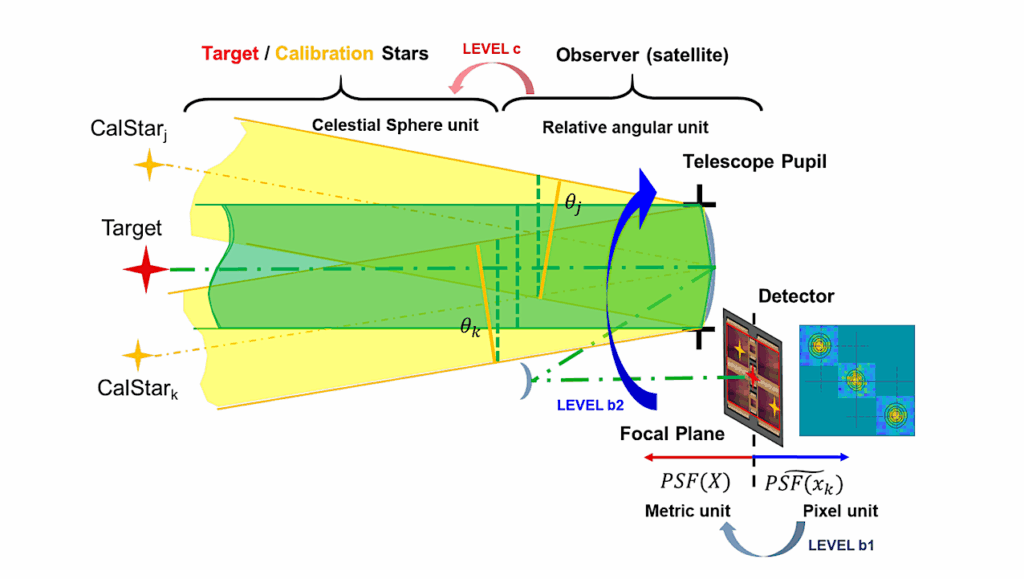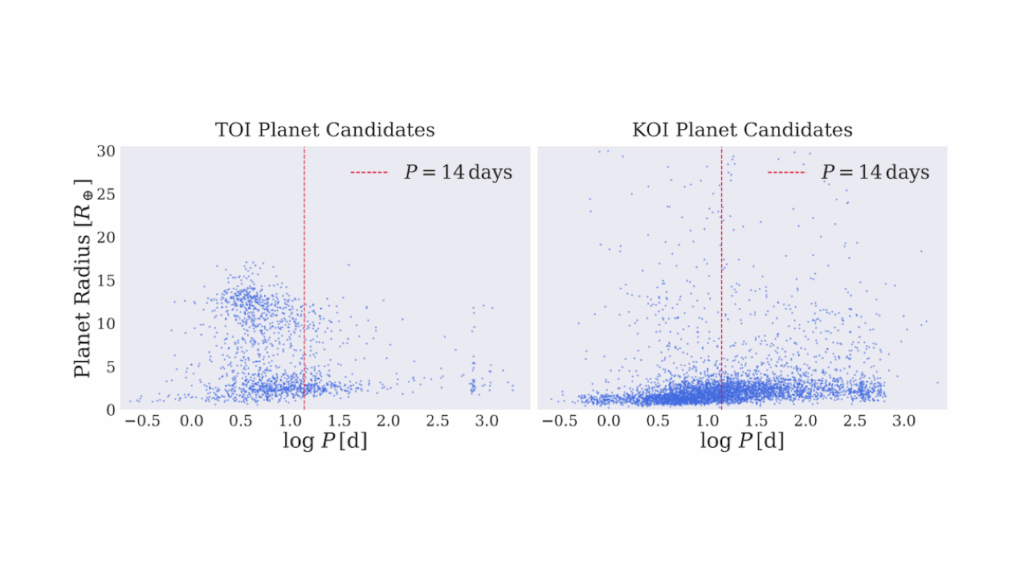Singular Spectrum Analysis of Exoplanetary Transits

Transit photometry is currently the most efficient and sensitive method for detecting extrasolar planets (exoplanets) and a large majority of confirmed exoplanets have been detected with this method.
The substantial success of space-based missions such as NASA’s Kepler/K2 and Transiting Exoplanet Survey Satellite (TESS) has generated a large and diverse sample of confirmed and candidate exoplanets. Singular Spectrum Analysis (SSA) provides a useful tool for studying photometric time series and exoplanetary transits.
SSA is a technique for decomposing a time series into a sum of its main components, where each component is a separate time series that incorporates specific information from the behavior of the initial time series. SSA can be implemented for extracting important information (such as main trends and signals) from the photometry data or reducing the noise factors.
The detectability and accurate characterization of an exoplanetary transit signal is principally determined by its signal-to-noise ratio (SNR). Stellar variability of the host star, small planet to star radius ratio, background noises from other sources in the field of observations and instrumental noise can cause lower SNRs and consequently, more complexities or inaccuracies in the modeling of the transit signals, which in turn leads to the inaccurate inference of the astrophysical parameters of the planetary object.
Therefore, implementing SSA leads to a more accurate characterization of exoplanetary transits and is also capable of detecting transits with low SNRs (SNR<10). In this paper, after discussing the principles and properties of SSA, we investigate its applications for studying photometric transit data and detecting low SNR exoplanet candidates.
Hossein Fatheddin, Sedighe Sajadian
Comments: 11 pages, 5 figures
Subjects: Earth and Planetary Astrophysics (astro-ph.EP); Instrumentation and Methods for Astrophysics (astro-ph.IM)
Cite as: arXiv:2404.05323 [astro-ph.EP] (or arXiv:2404.05323v1 [astro-ph.EP] for this version)
https://doi.org/10.48550/arXiv.2404.05323
Focus to learn more
Submission history
From: Sedighe Sajadian
[v1] Mon, 8 Apr 2024 09:13:08 UTC (10,067 KB)
https://arxiv.org/abs/2404.05323
Astrobiology,








